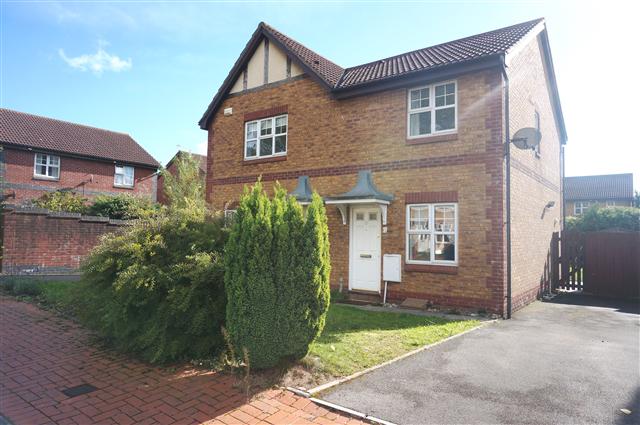
Stamp duty changes: how will they affect you?
 In December 2014, the UK Government introduced reforms of the stamp duty tax that is required to be paid on property purchases over a certain price. The changes have been introduced by Chancellor George Osborne, who has said that 98% of homeowners in England and Wales will now be paying less than under the previous system. As a result, only people who purchase a property valued at more than £937,000 will end up paying more.
In December 2014, the UK Government introduced reforms of the stamp duty tax that is required to be paid on property purchases over a certain price. The changes have been introduced by Chancellor George Osborne, who has said that 98% of homeowners in England and Wales will now be paying less than under the previous system. As a result, only people who purchase a property valued at more than £937,000 will end up paying more.
The reforms have been welcomed by all involved in the property industry, from first-time property buyers to estate agents, and the government hopes that it will bring an end to the “badly-designed tax on aspiration” that has previously drawn criticism from organisations such as the TaxPayers' Alliance.
How will the stamp duty reforms work?
Previously, the stamp duty system worked by charging homeowners tax at a fixed rate, depending on the threshold their property fell into. As tax was paid on the price of the entire property, homeowners were subject to sharp, sudden increases in cost if their property entered a new threshold - a fact that led to stamp duty being criticised as a “slab tax” that hit buyers with huge, disproportionate bills.
Under the new system, however, homeowners will only pay tax on the part of the property within each differing tax band – a method the government has likened to income tax.
To put this into figures, under the old system, if you bought a house valued at £185,000 you would pay 1% tax on the total amount – which equates to £1,850. Under the new system, if you purchase the same property you won't have to pay anything on the first £125,000 and would then pay 2% tax on the remaining balance of £60,000 – which equates to a total cost of just £1,200 and a saving of £650.
Therefore, although it appears that the percentage rate has increased in some cases, the total cost of stamp duty tax will be significantly lower for the majority of buyers. As of 4th December 2014, the new stamp duty tax rates are as follows:
- £0 - £125,000 - 0%
- £125,001 - £250,000 - 2%
- £250,001 - £925,000 - 5%
- £925,001 - £1.5 million - 10%
- £1.5 million and above - 12%
The UK Government has stated that someone who is purchasing a family home in England and Wales for an 'average' price will now pay around £4,500 less in stamp duty, while the new system will also improve the existing stamp duty thresholds to help avoid sudden and dramatic price jumps.
Calculating and paying stamp duty
While the price of stamp duty is changing, the way you pay it is staying the same. Firstly, you'll need to calculate how much you have to pay. Many people hire a solicitor or a conveyancer to work this out, but HMRC also has an online calculator which you can use. Secondly, once you've figured out the total price, you will need to submit a stamp duty return and pay the full balance within 30 days of completing the sale of your new home. Your solicitor or conveyancer can complete the return for you, but it is your responsibility to ensure the payment is made on time. Once everything has been completed, HMRC will issue you with a Stamp Duty Land Tax certificate that will allow you to register your property on the Land Registry.
At CPS Homes, our experienced sales agents can help you with everything you need when you purchase a new property. If you would like to speak with a member of the team please contact our Albany Road branch in Roath on 02920 454555 or email sales@cpshomes.co.uk. We look forward to assisting you with any and all queries you may have.
The information contained within this article was correct at the date of publishing and is not guaranteed to remain correct in the present day.


